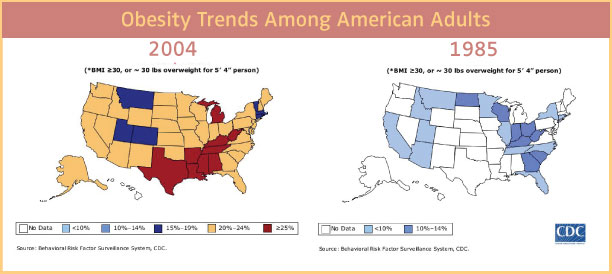Editor’s Note: Weighing the Risks
I was scheduled to have spinal fusion surgery on December 5. I cancelled the surgery one week before the date.
I was scheduled to have spinal fusion surgery on December 5. I cancelled the surgery one week before the date. I had been told by five different orthopedic neurosurgeons that I needed lumbar fusion of L5/S1. I decided to get three more opinions. By the time you read this, I will be recovering from surgery or still trying to decide if I will ever do it.
It all began when I was 13-years-old. On a school trip to the mountains, I went down a snowy hill on a toboggan with several classmates. We hit a bump and all of us flew into the air. I landed on a hard patch of ice right on my tailbone. I didn’t discover until much later that I had actually fractured my back. When I was 21, I began to have episodes of intense right hip and leg pain that lasted 5 or 10 minutes after running, playing tennis, skiing, or lifting heavy objects. Working as a dental hygienist never caused the pain. During more than 30 years of full time teaching and long hours in the dental hygiene clinic and dental offices, I never once had back or leg pain. Since exercising was the source of my sciatic pain, I simply stopped exercising.
Without exercise, I gradually gained more and more weight over the next 35 years. Dieting without exercise was a constant uphill battle. I have joined Weight Watchers twice and tried the South Beach, the Atkins, the Slim Fast, and scores of other diets. They work for a while and I can usually lose 20 pounds but then I hit a plateau because I can’t exercise without ending up in intense pain.
I am not alone in my battle with weight. According to the Department of Health and Human Services, approximately 64% of Americans are overweight.1 The following graphs show the drastic increase of obesity in America state-by-state.2 This rapidly growing problem affects all aspects of health from an increased risk of diabetes to oral health as well. As dental hygienists and health care providers, we need to understand what this means for our patients, which is why our January cover story “The Fattening of America and Its Effect on Oral Health” discusses the relationship between obesity and oral health. Turn to page 16 to read this very informative piece.
As the new year begins, I have a big decision to make. I will either be having back surgery and/or starting a new diet and physical therapy program. It is the time for serious resolutions. Wherever you find yourself at the forefront of this new year, I would like to wish you much joy and success in the coming year and best of luck with your new year’s resolutions!
-Anna M. Pattison, RDH, MS
Editor In Chief
apattison@belmontpublications.com

References
-
- Obesity Target of Renewed HHS Attack. Available at: http://usgovinfo.about.com/cs/healthmedical /a/hhsobesity.htm. Accessed December 28, 2005.
- Overweight and Obesity: Obesity Trends 1985-2004. Available at www.cdc.gov/nccdphp/dnpa/obesity/trend/maps. Accessed December 28, 2005.
From Dimensions of Dental Hygiene. January 2006;4(1):9.

